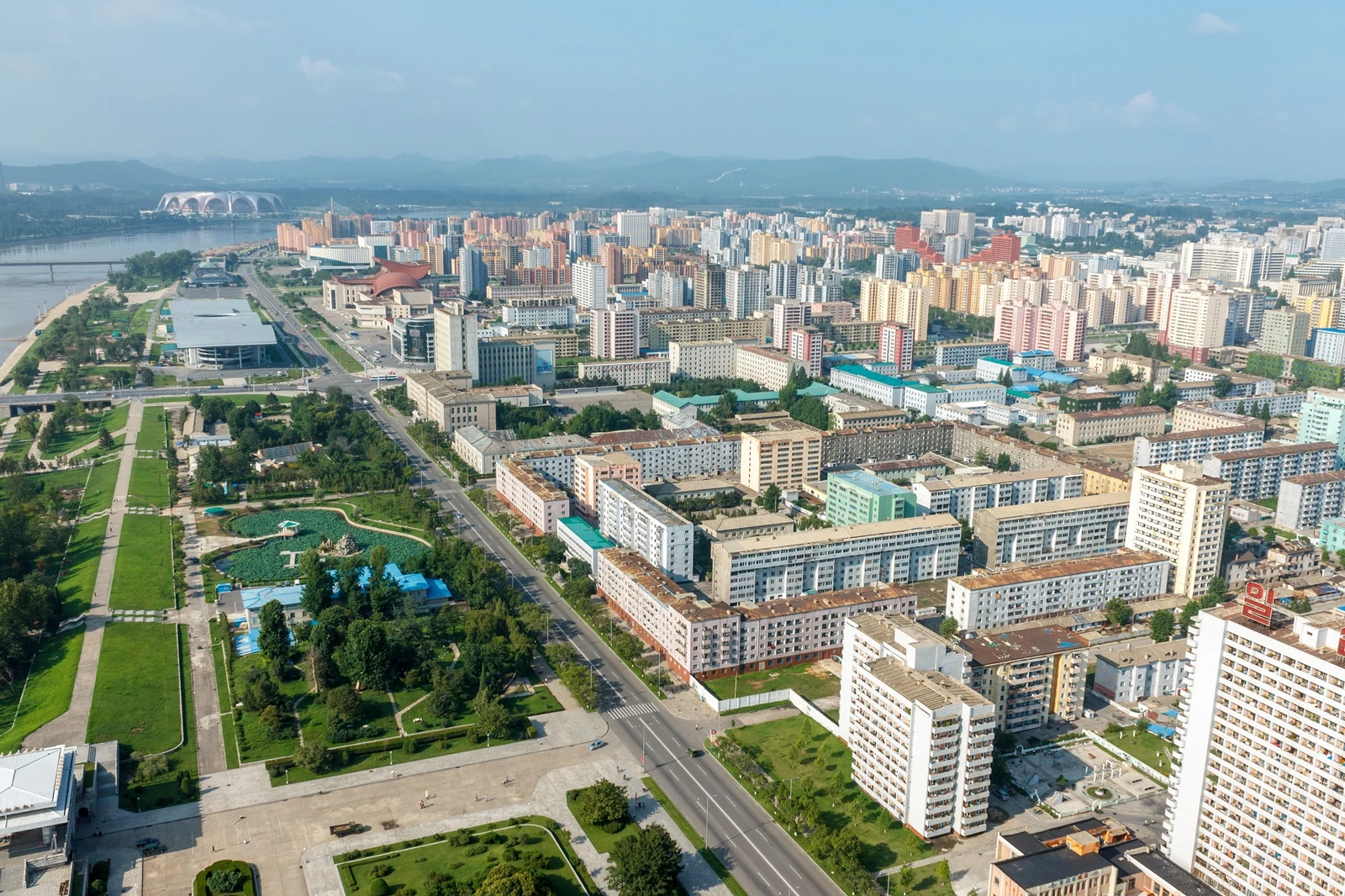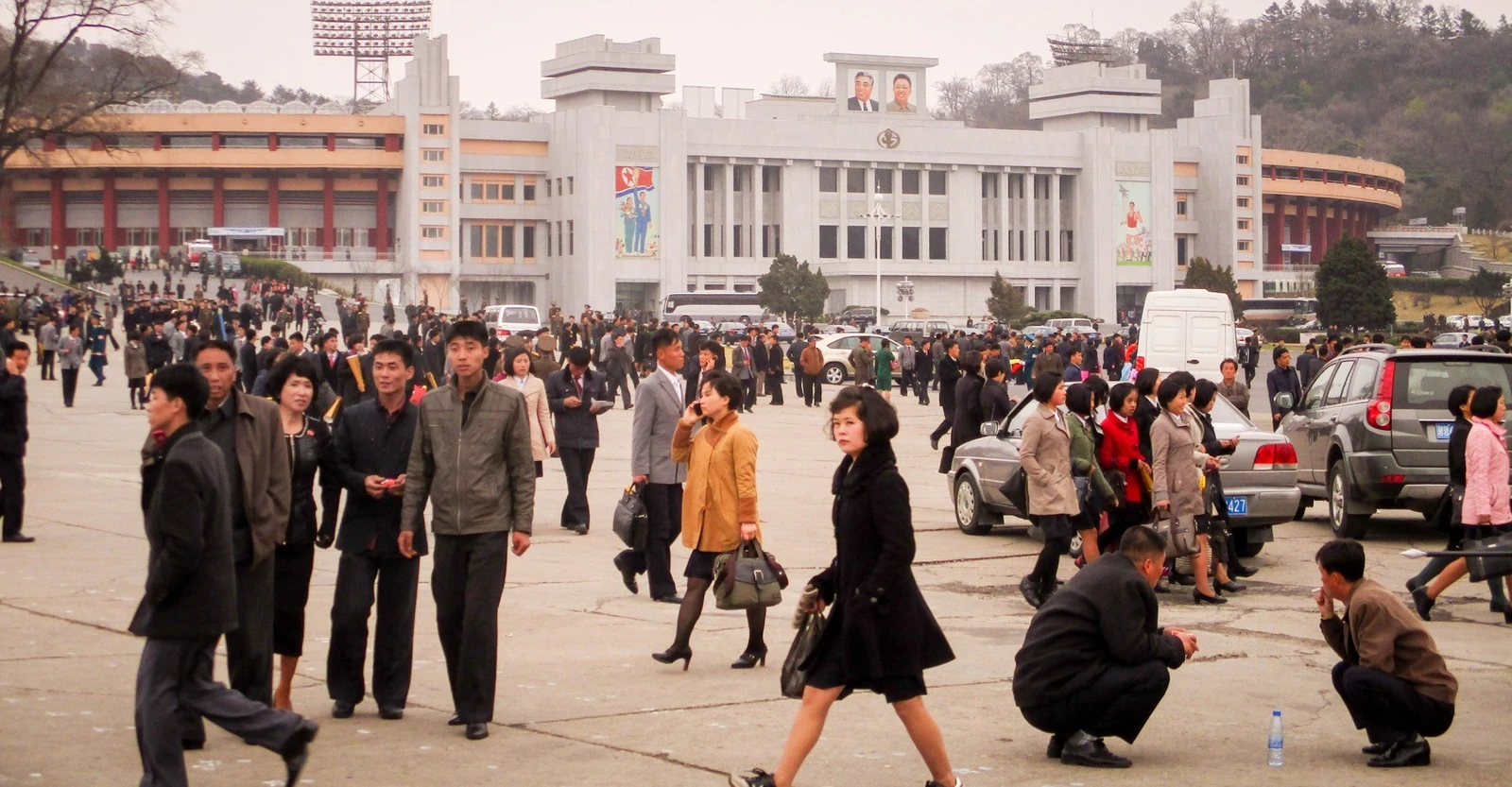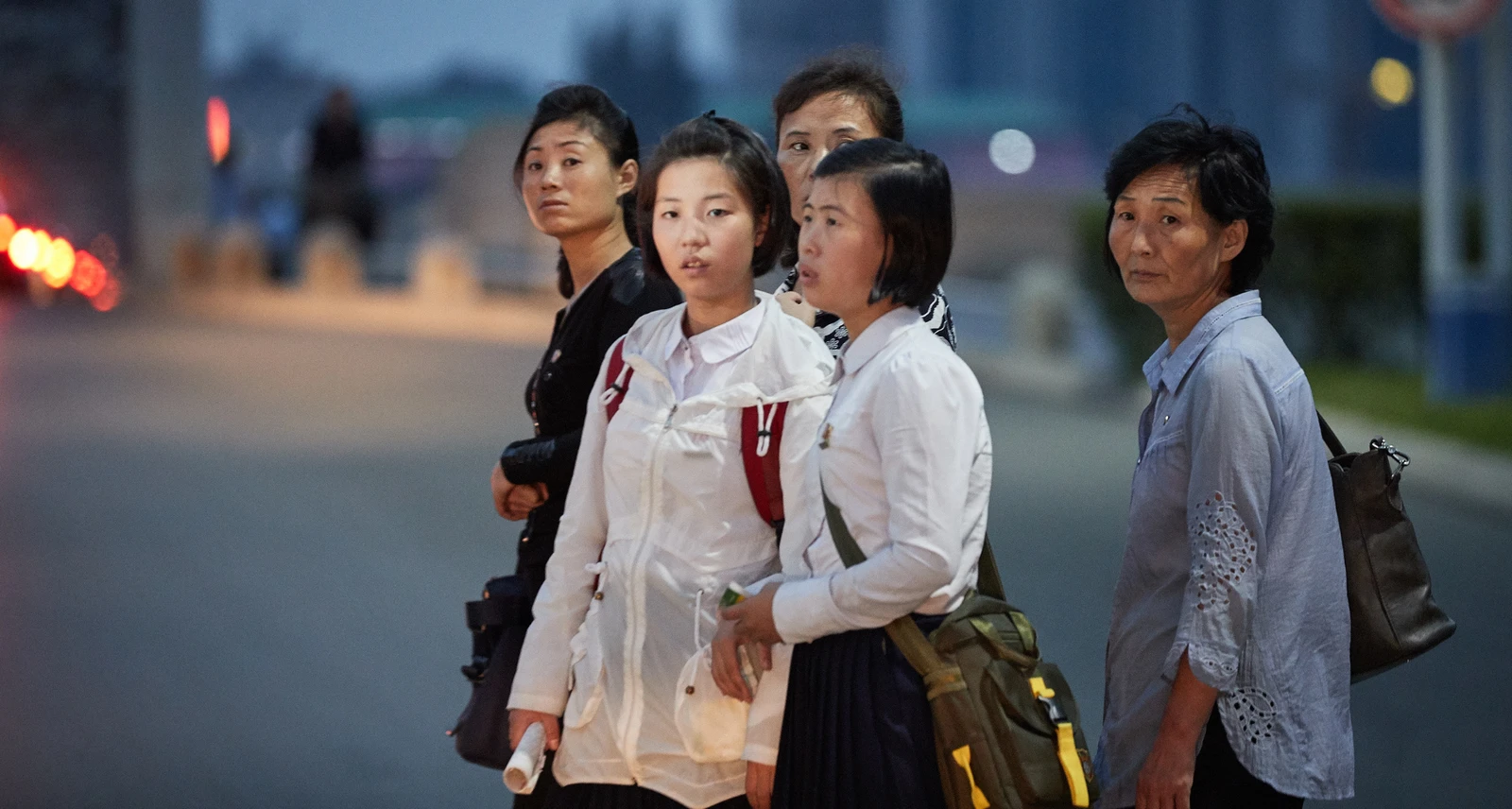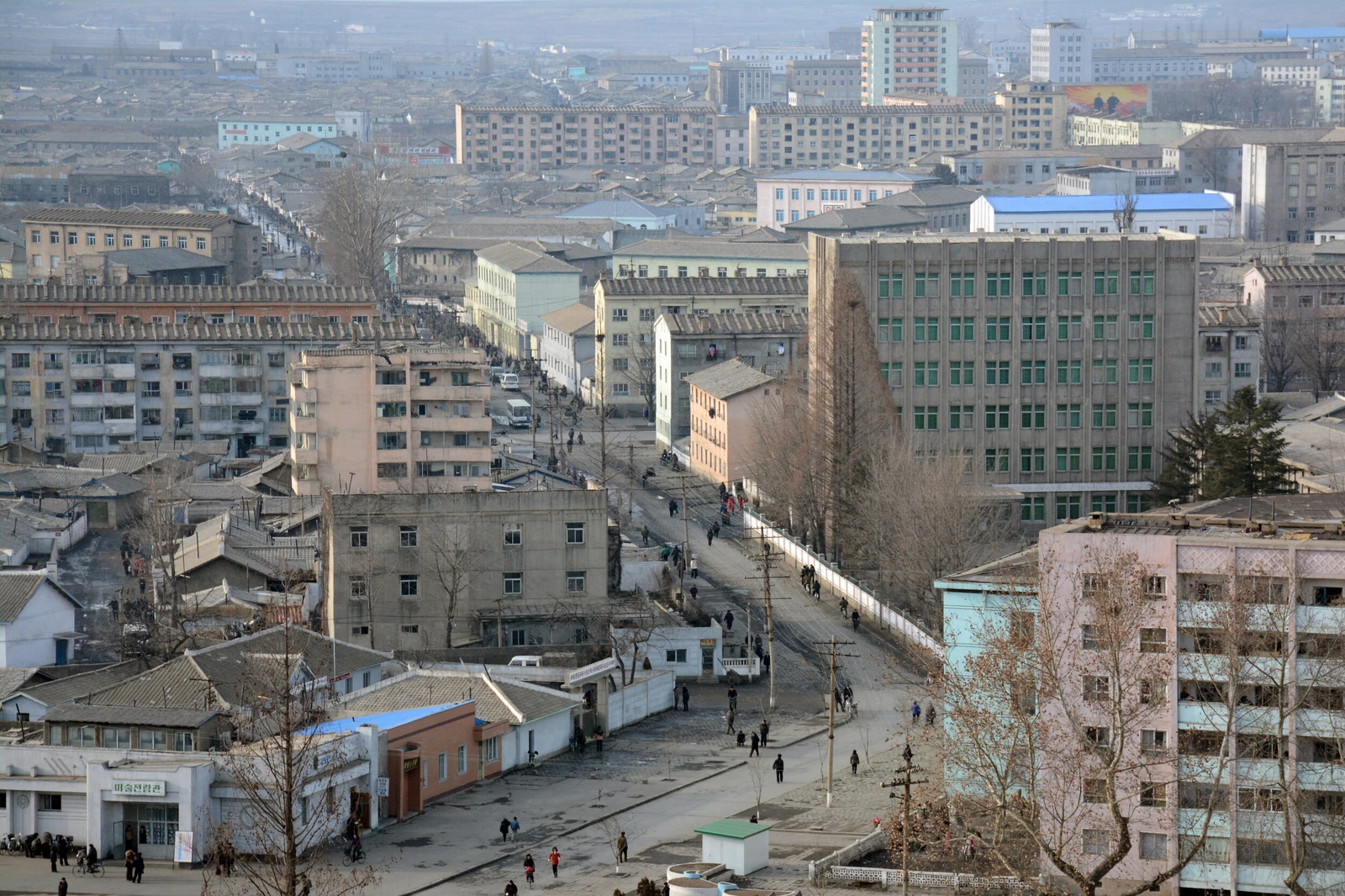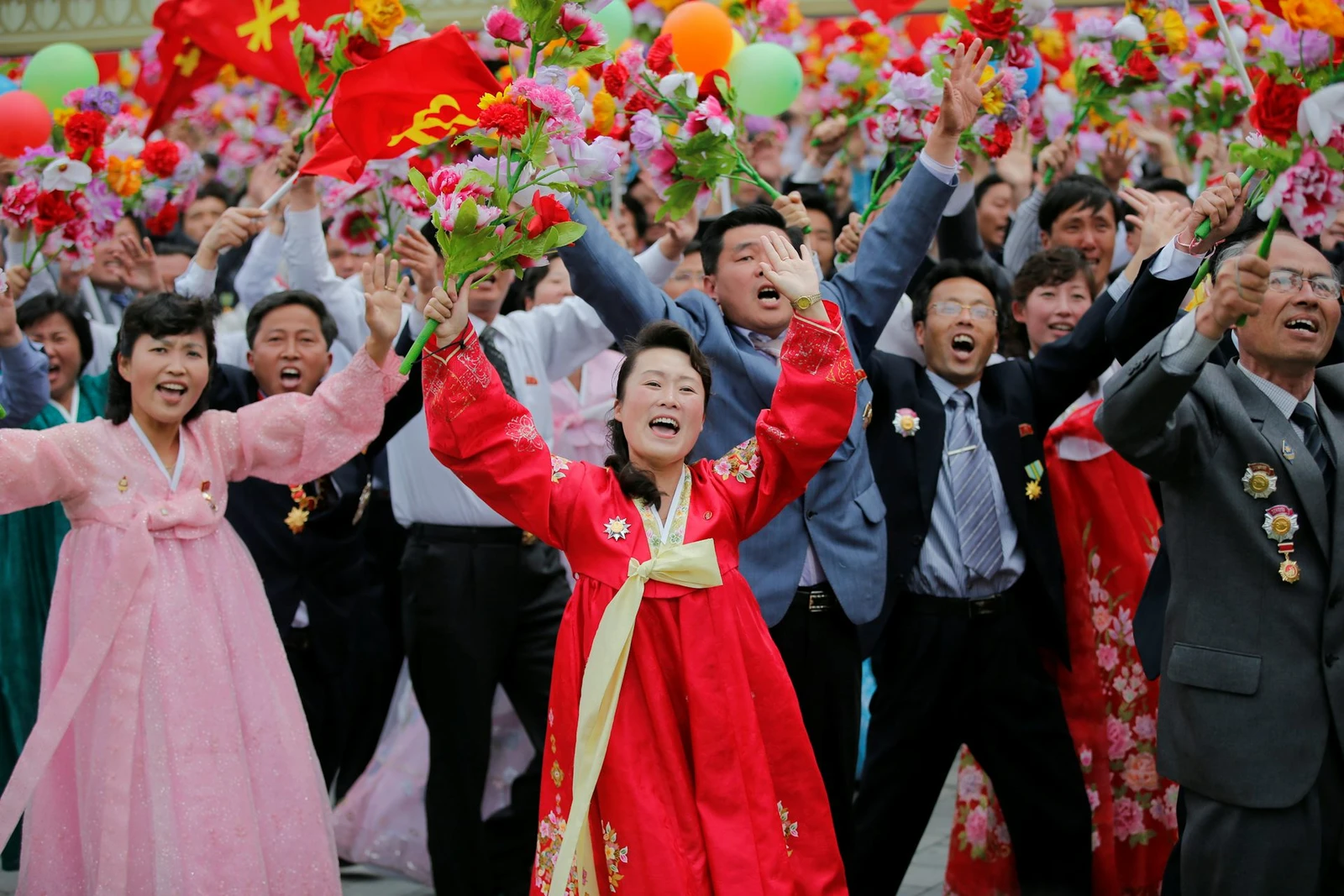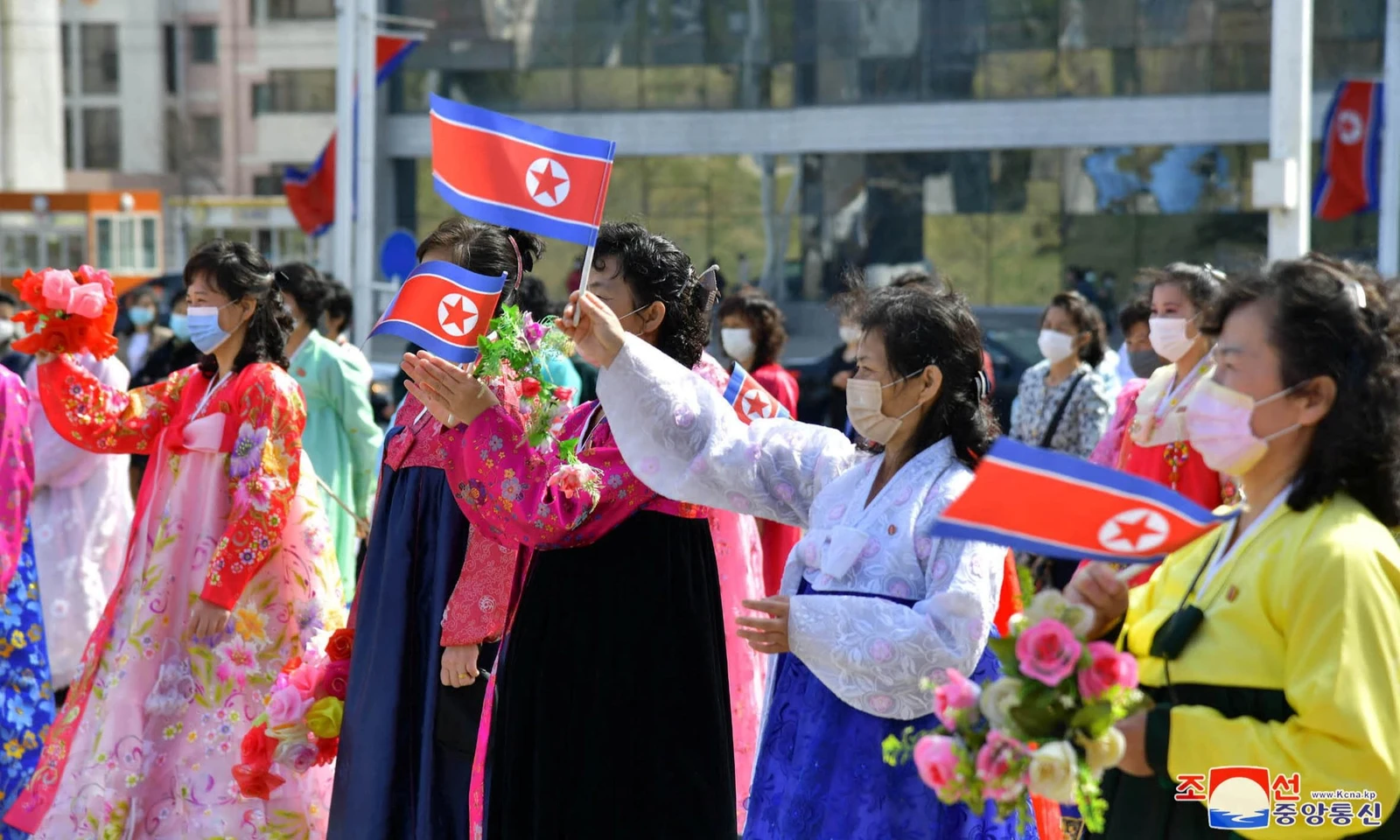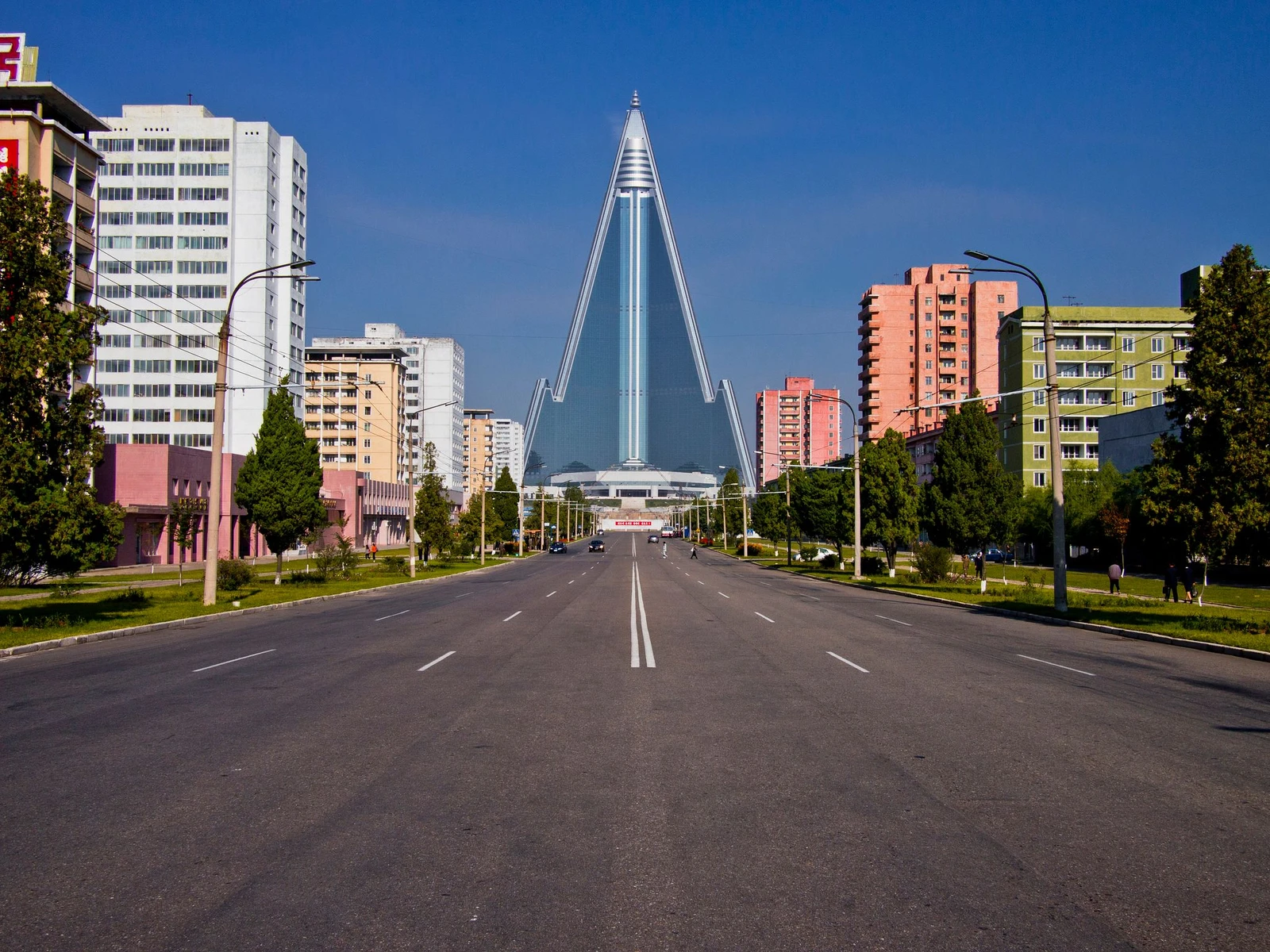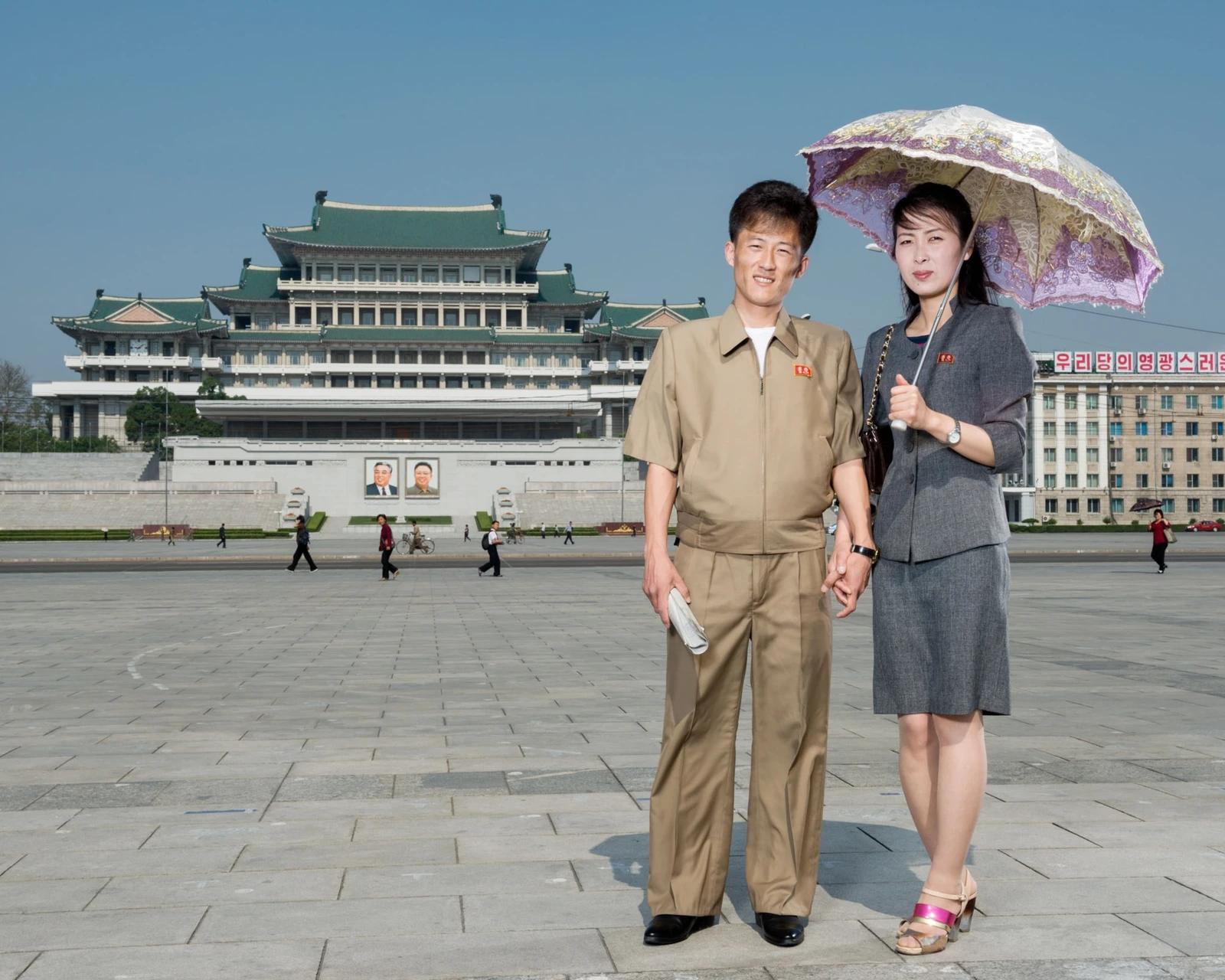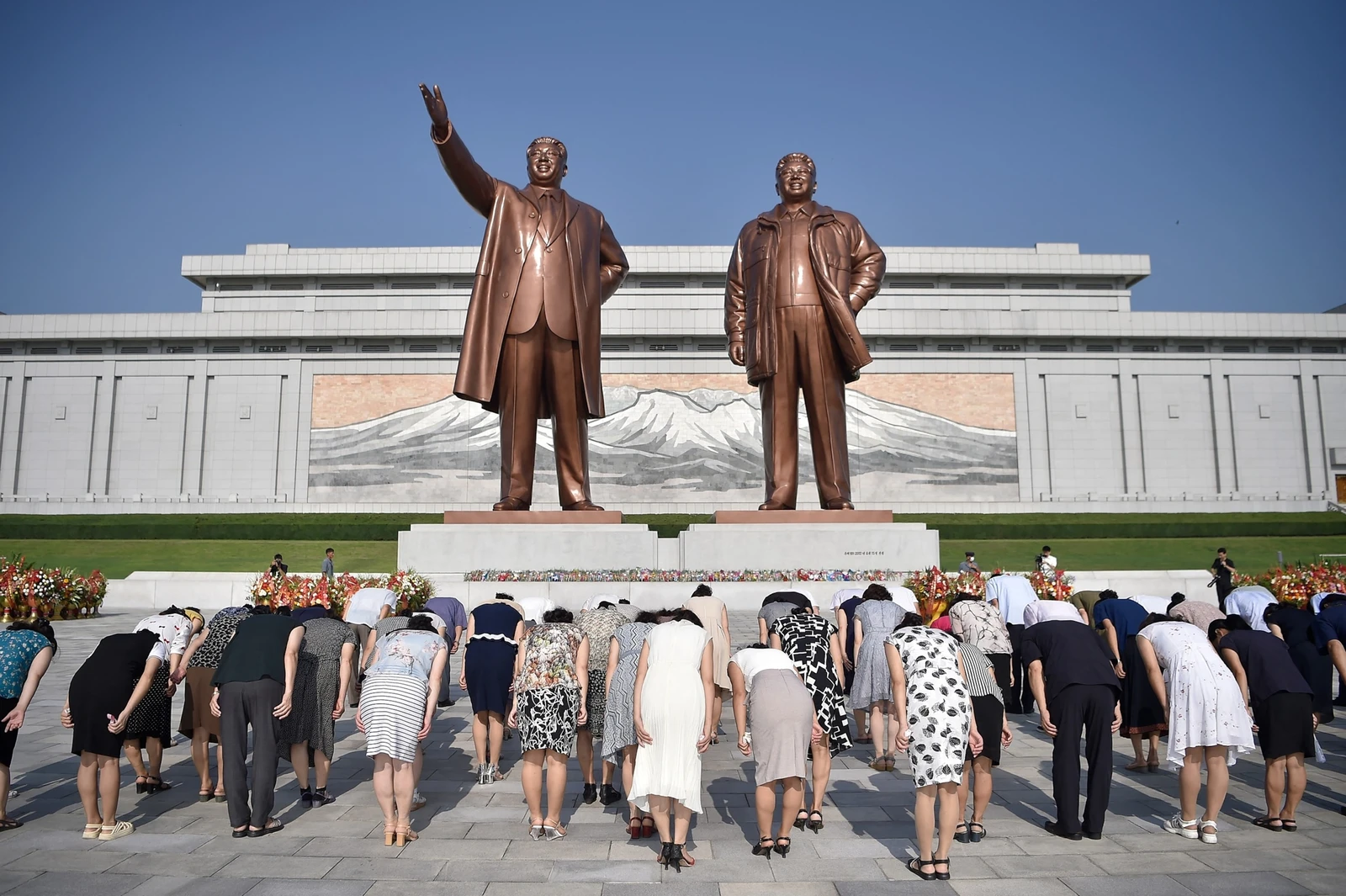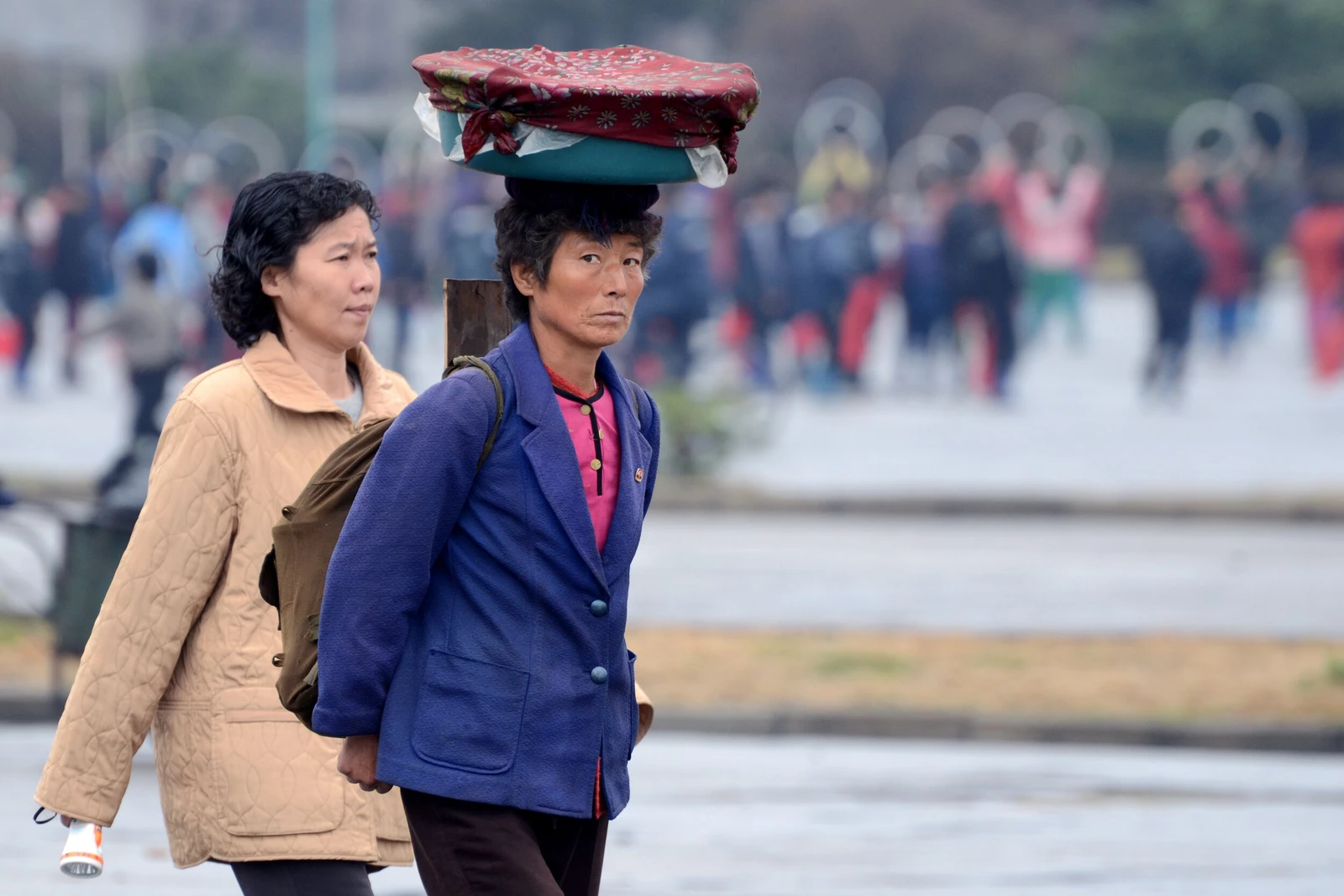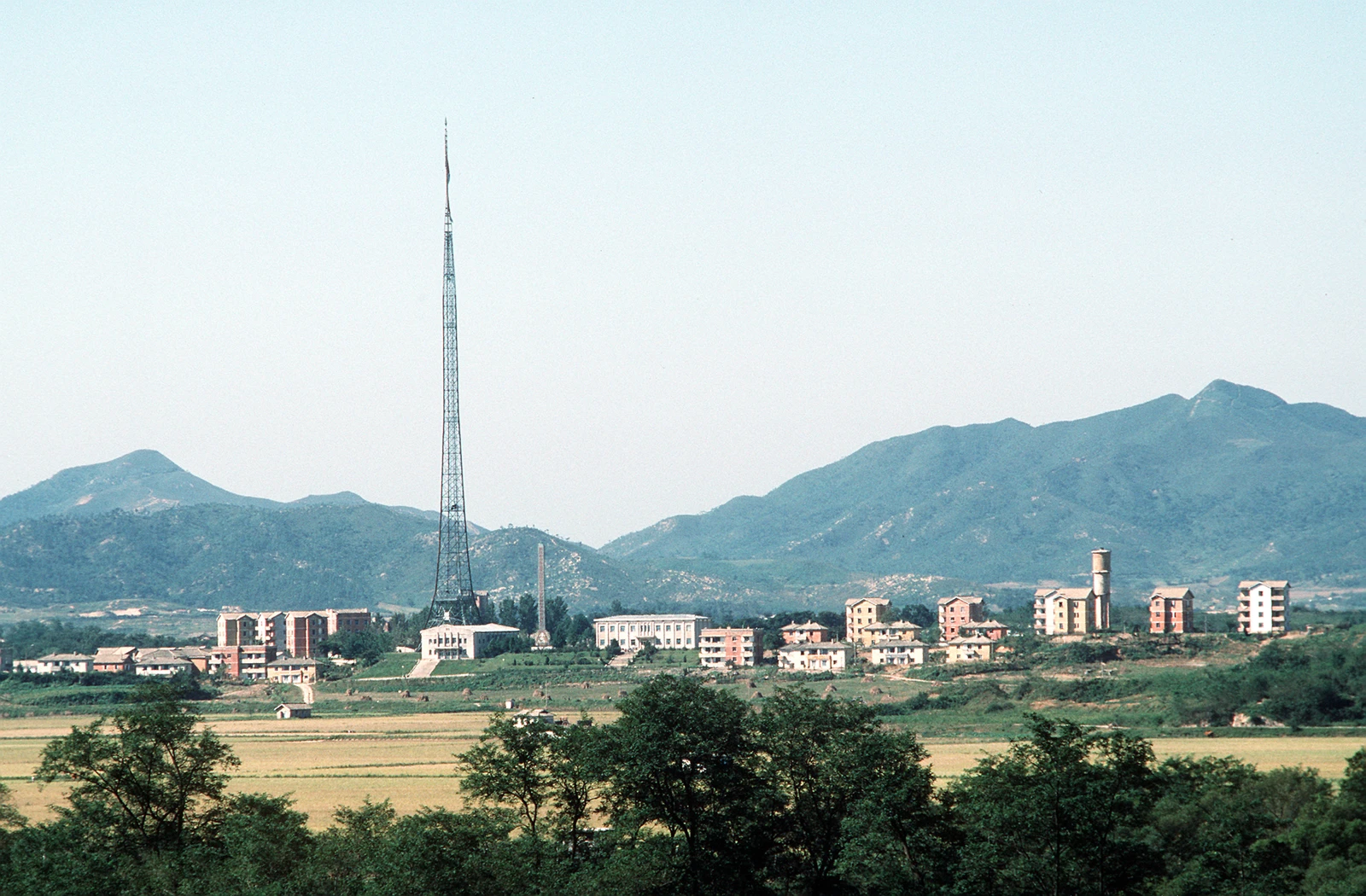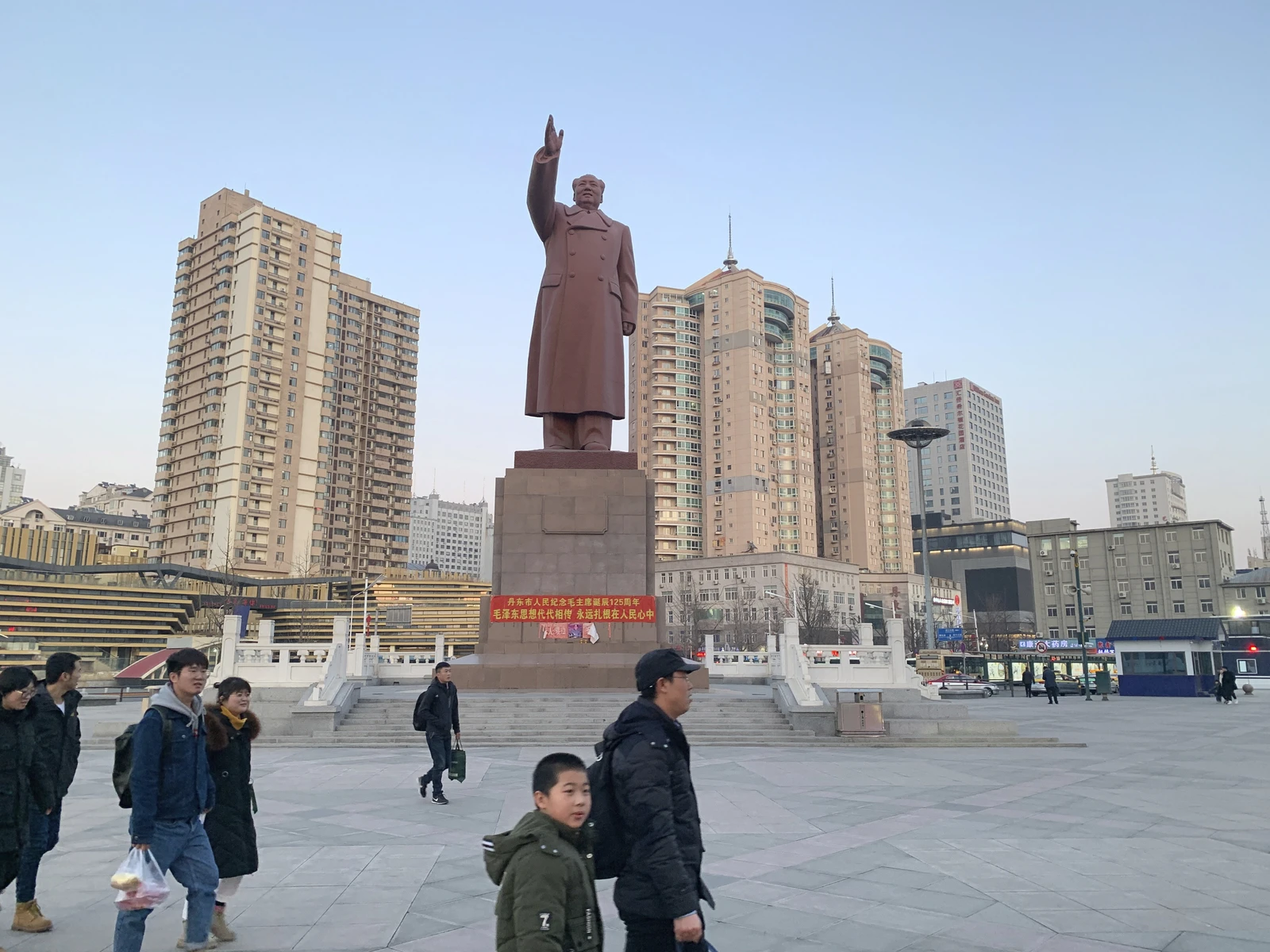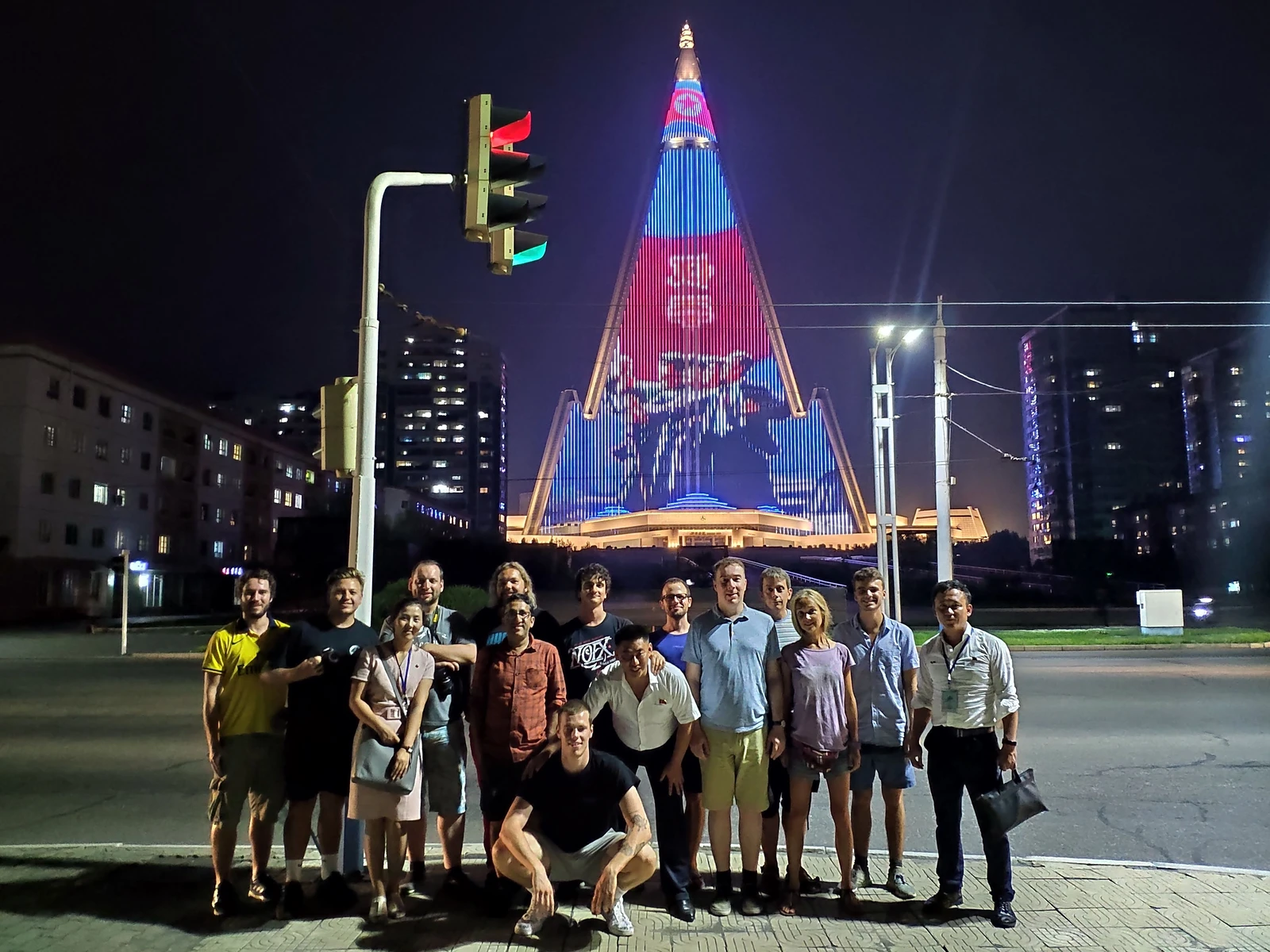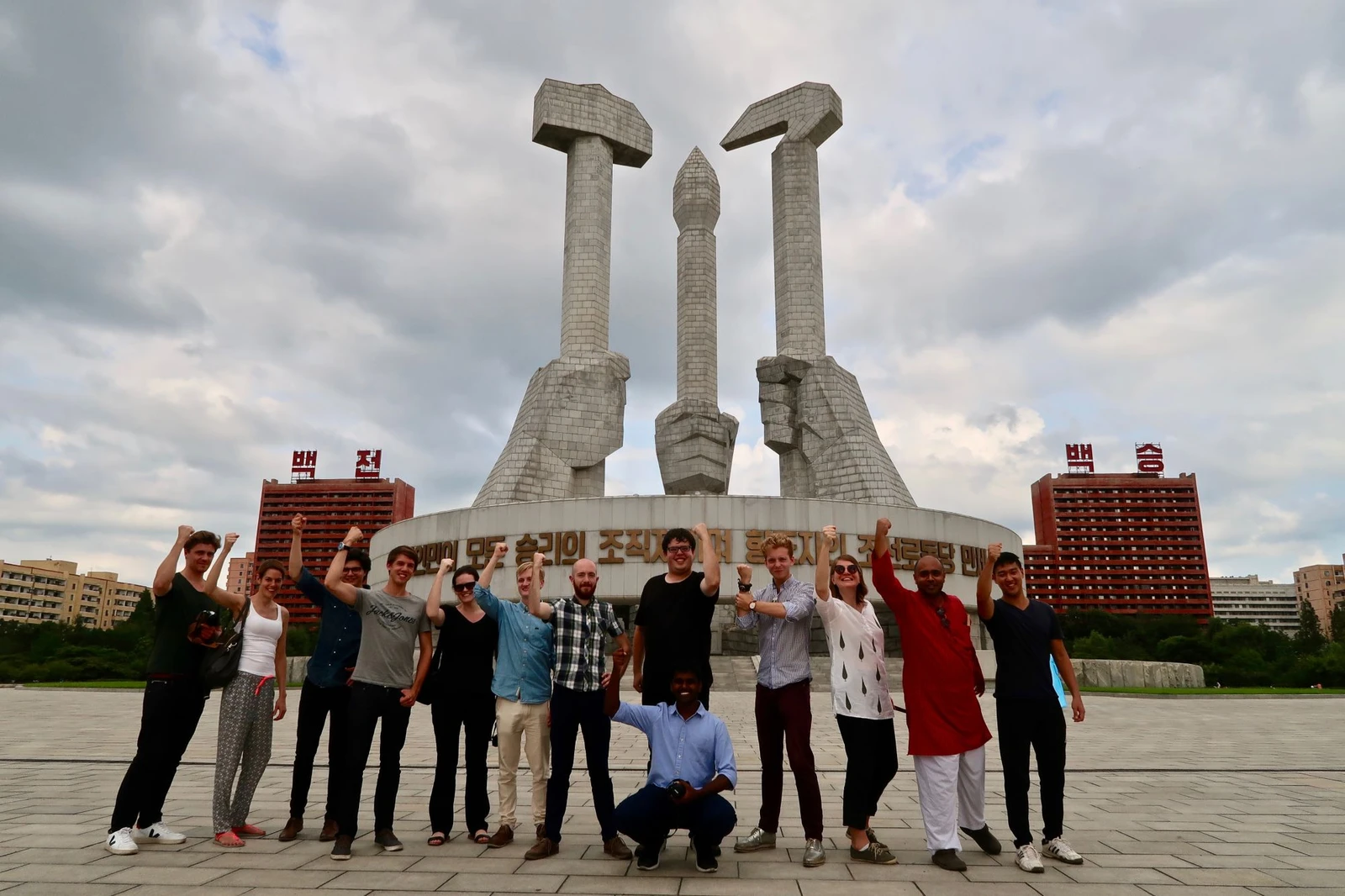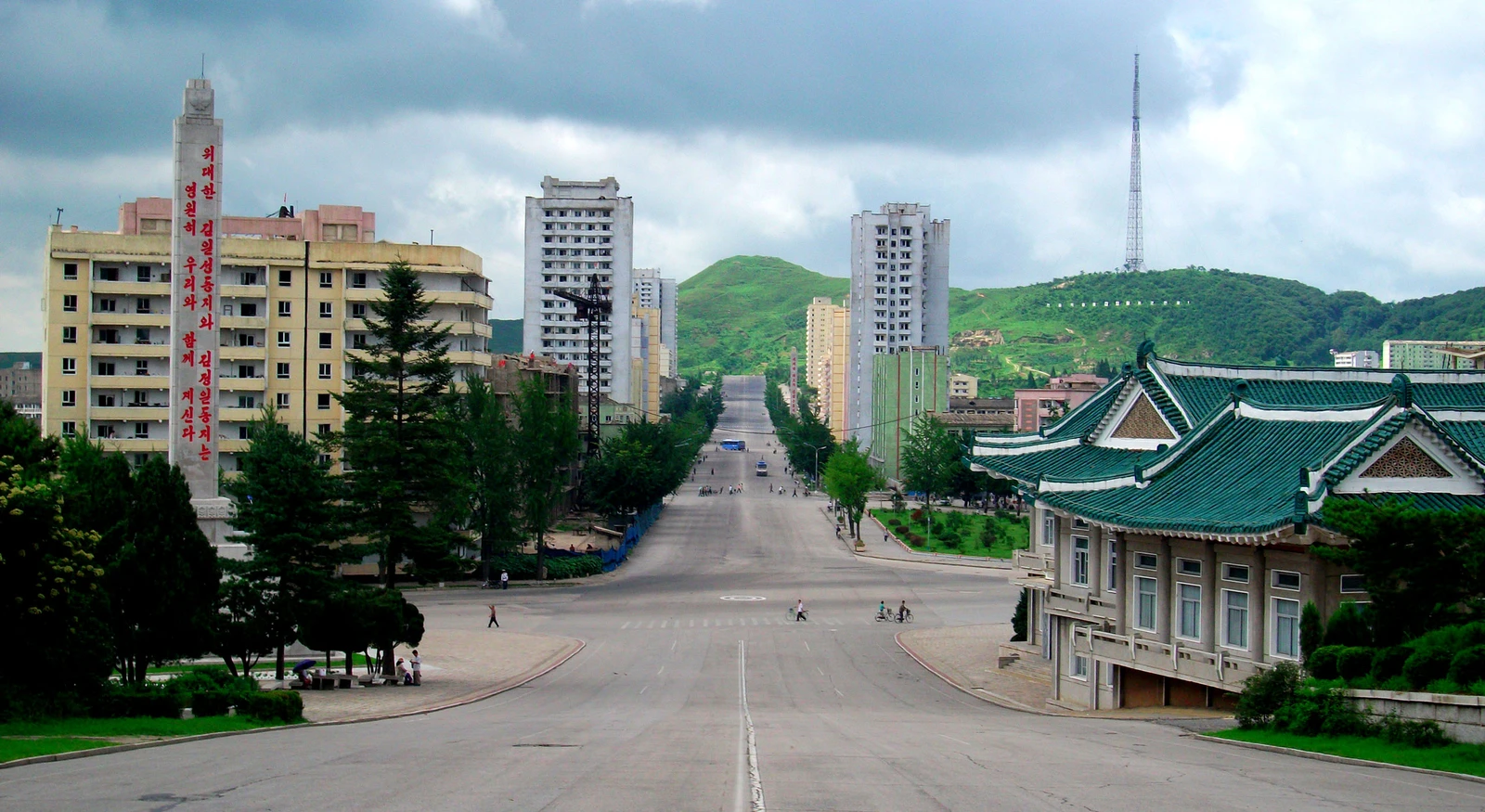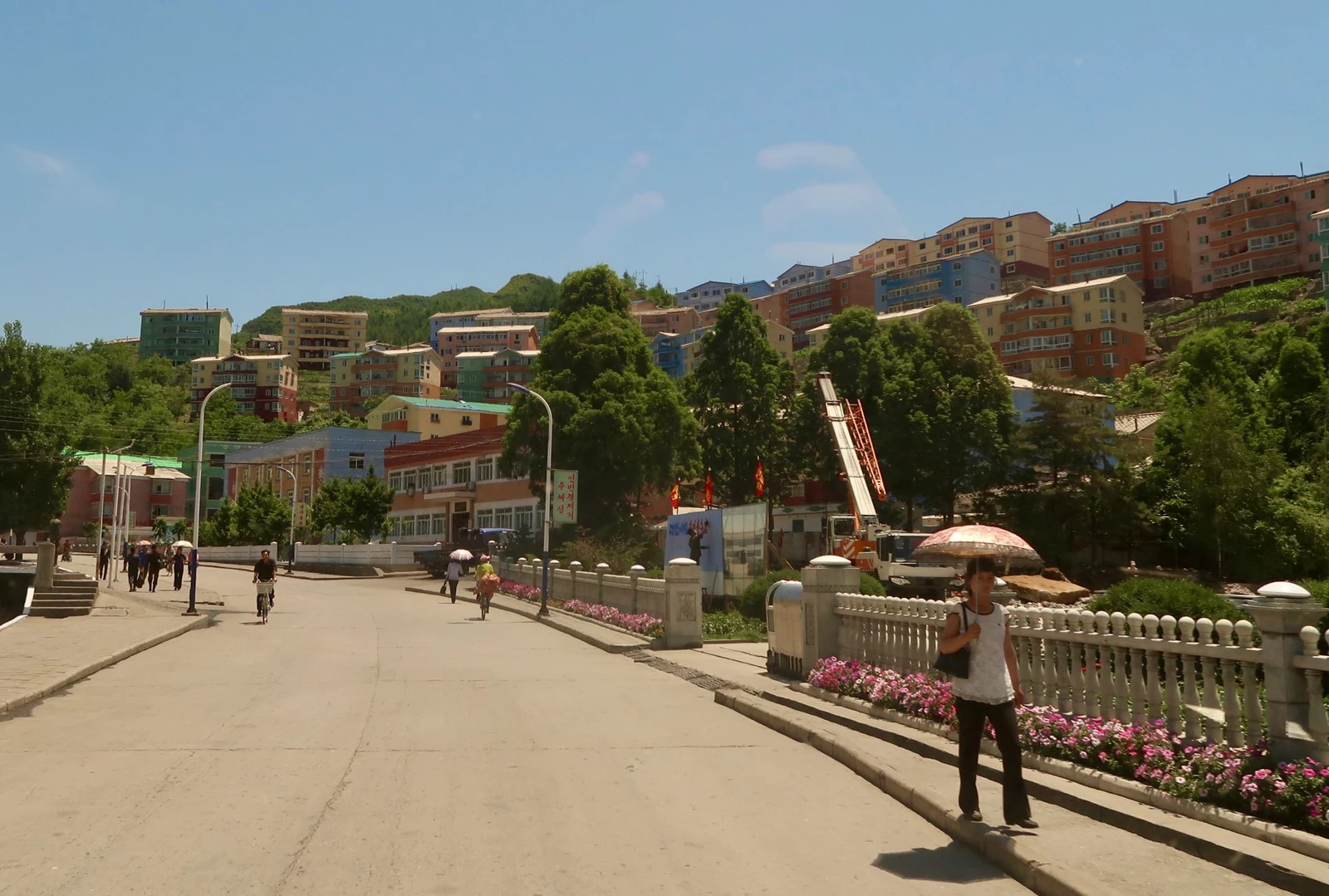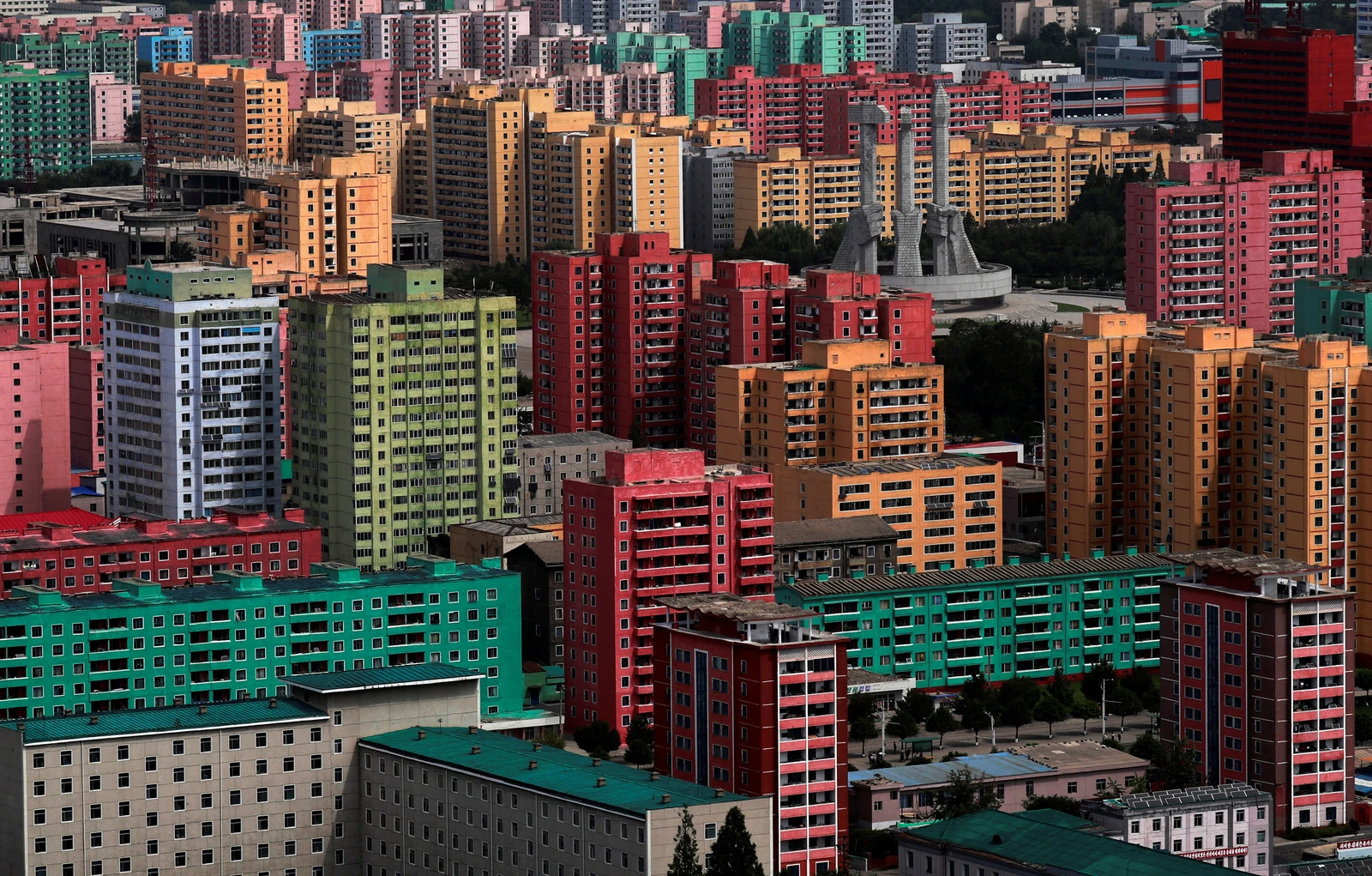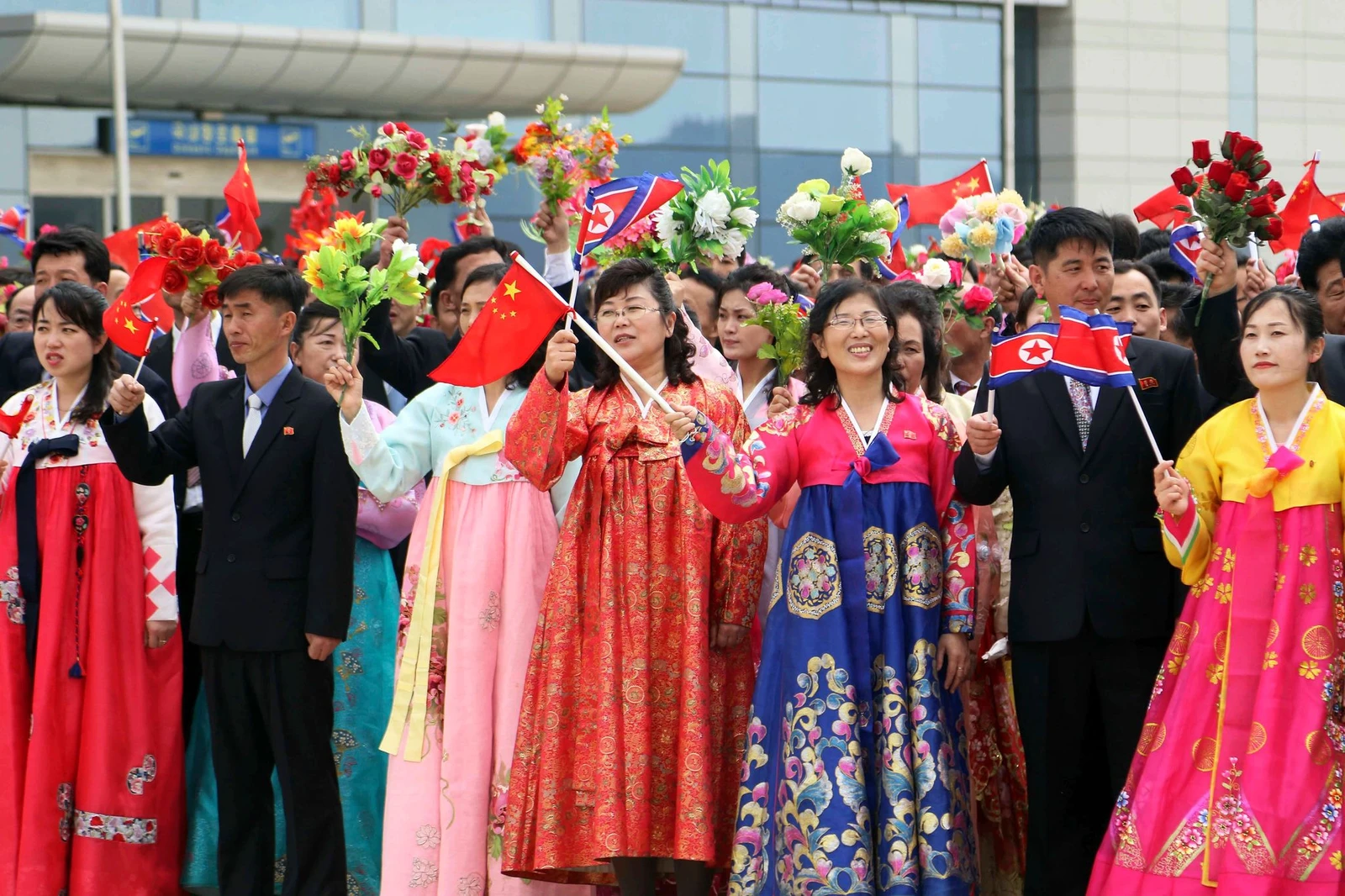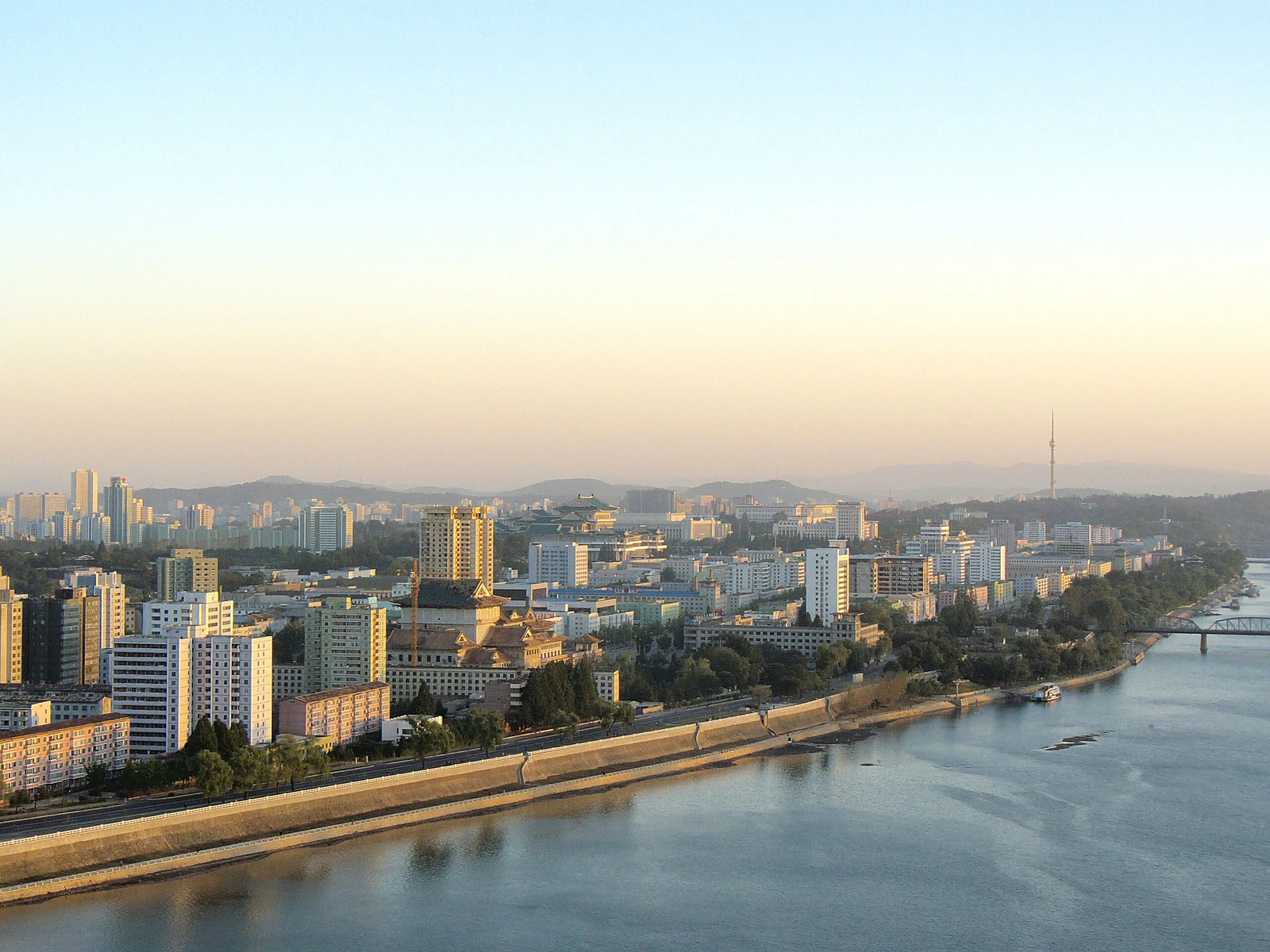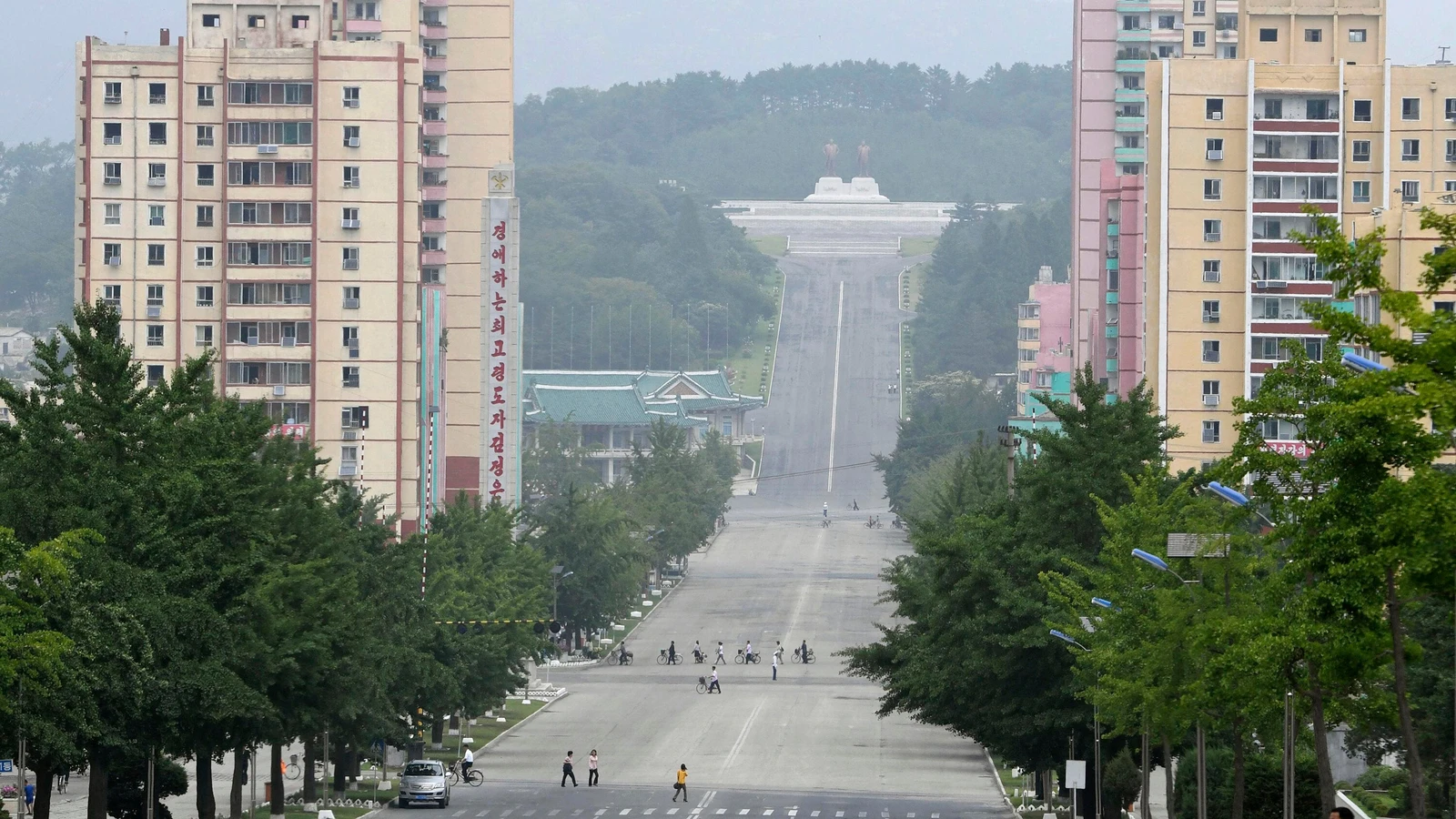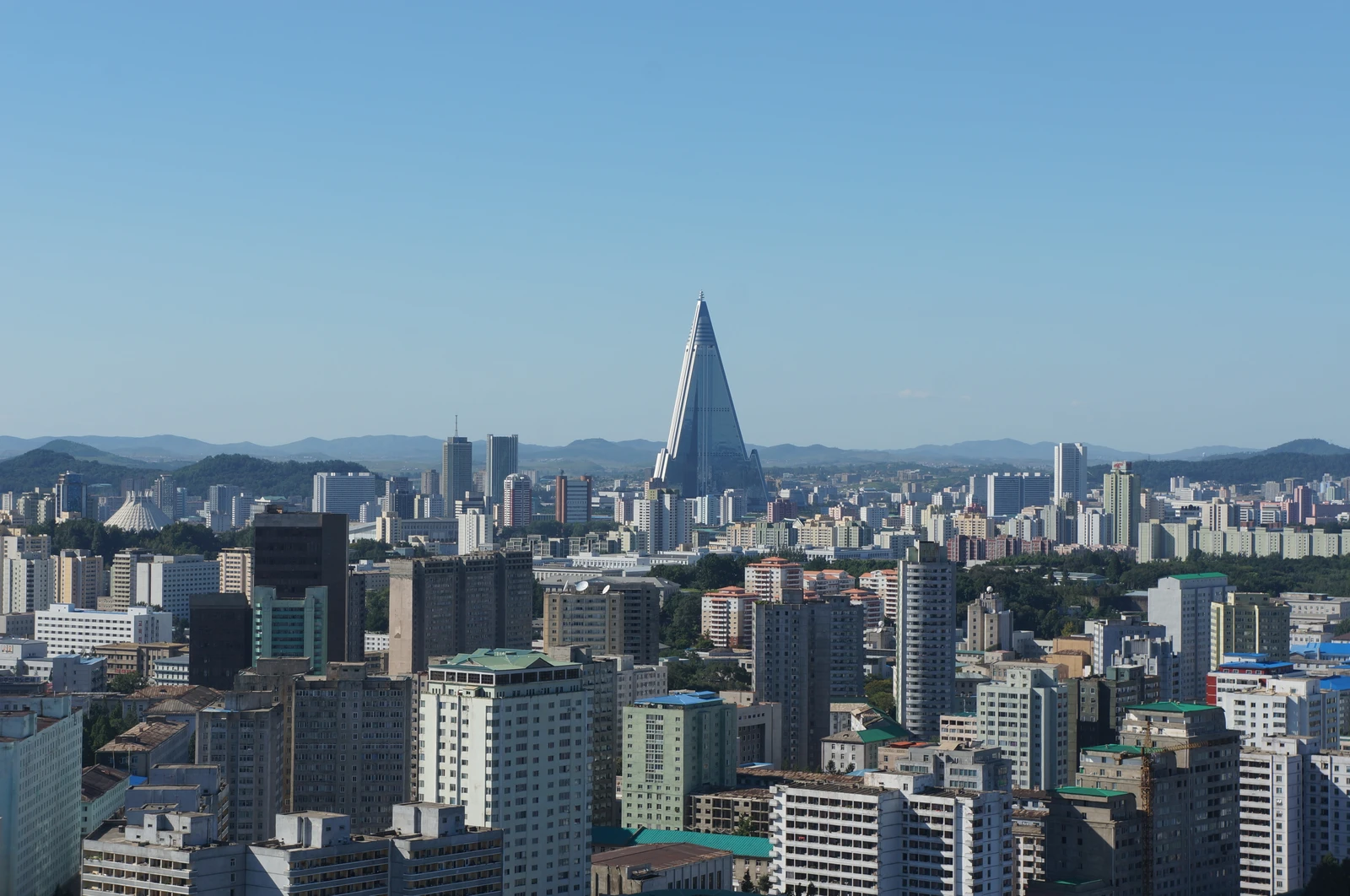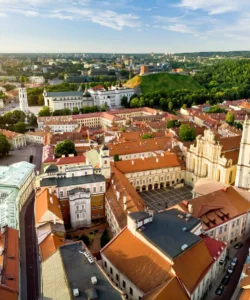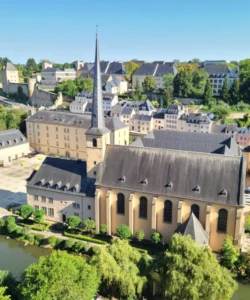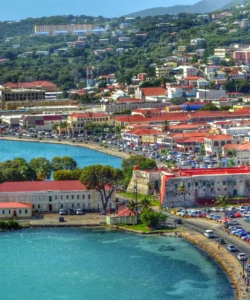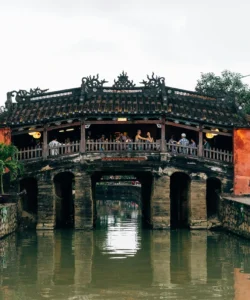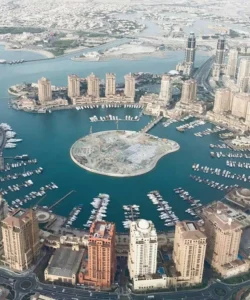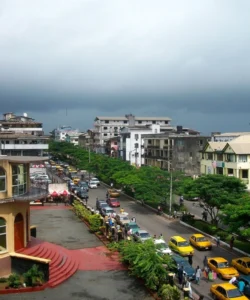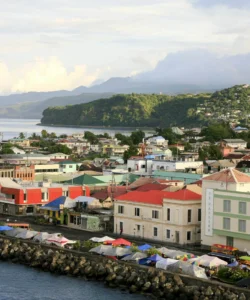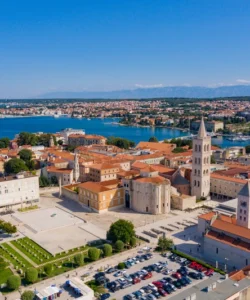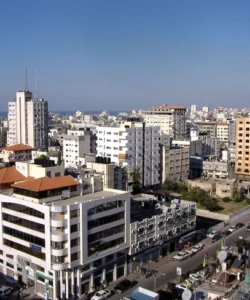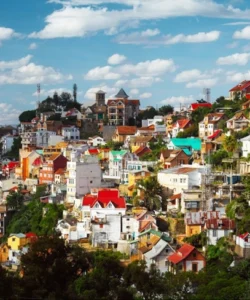North Korea, officially the Democratic People’s Republic of Korea (DPRK), is a highly isolated country in East Asia. Its unique political system and strict controls on information make it one of the most enigmatic nations in the world.
![]()
Area & Population:
North Korea has an estimated population of around 26.3 million people (2024 estimate). Its total area is approximately 120,538 square kilometers.
Language:
The official language of North Korea is Korean. Given its isolation, the country is highly ethnically and linguistically homogenous.
Currency:
The currency used in North Korea is the North Korean Won (KPW).
Religion:
While North Korea’s constitution nominally grants freedom of religion, in practice, religious activities are severely restricted and controlled by the state. The country is largely irreligious, with significant portions of the population identifying as agnostic or atheist. Historically, religions like Chondoism, Shamanism, and Buddhism have had a presence, though their practice is now heavily curtailed.
Capital & Major Cities:
- Capital: Pyongyang is the capital and largest city, often referred to as the “Capital of the Revolution.” It is the political, industrial, and transport center of North Korea.
- Major Cities: Other significant cities include:
- Hamhung: A major industrial city and port on the east coast.
- Namp’o: A port city on the west coast.
- Kaesong: A historic city near the border with South Korea, known for its traditional architecture.
- Wonsan: A port city and resort area on the east coast.
Attractions & Wonders (within the context of guided tours for visitors):
Tourism in North Korea is highly controlled and limited, primarily focusing on showcasing the country’s achievements and monuments. Attractions often include:
- Pyongyang Landmarks:
- Kim Il Sung Square: A large plaza in the heart of Pyongyang, used for military parades and mass rallies.
- Mansudae Grand Monument: Features large bronze statues of Kim Il Sung and Kim Jong Il.
- Tower of the Juche Idea: A monument to the Juche ideology, visible across the Pyongyang skyline.
- Arch of Triumph: Commemorates Kim Il Sung’s role in the Korean resistance to Japanese rule.
- Kumsusan Palace of the Sun: The mausoleum for Kim Il Sung and Kim Jong Il.
- Pyongyang Metro: Known for its deep stations and elaborate socialist realist art.
- Victorious Fatherland Liberation War Museum: Presents the North Korean perspective of the Korean War.
- Grand People’s Study House: A large national library overlooking Kim Il Sung Square.
- Korean Demilitarized Zone (DMZ): The heavily fortified border between North and South Korea, a significant historical and political site.
- Mount Kumgang: A scenic mountain area, though access can be restricted.
- Masikryong Ski Resort: A modern ski resort built to promote tourism.
- Tomb of King Kongmin: An ancient tomb from the Goryeo dynasty near Kaesong.
Architecture:
North Korean architecture is heavily influenced by socialist realism and the Juche ideology, emphasizing grandeur, monumental scale, and political symbolism. Buildings often feature large open spaces, towering structures, and heroic imagery. Traditional Korean architectural elements, such as sloping roofs, can still be observed in some older or culturally significant buildings.
Roads:
North Korea’s road infrastructure outside of Pyongyang and major cities is generally underdeveloped. While there are some highways connecting key areas, much of the network is unpaved, and traffic is sparse. Within Pyongyang, roads are typically well-maintained.
Hotels:
Accommodation for tourists is limited to state-run hotels, primarily in Pyongyang. These hotels, such as the Koryo Hotel and Yanggakdo International Hotel, are often designed in a Soviet-era style and cater to foreign visitors. The infamous Ryugyong Hotel, a towering pyramid-shaped structure, remains largely unopened despite its imposing presence.
Restaurants & Cuisine:
North Korean cuisine shares many similarities with South Korean cuisine, with rice and kimchi being staple foods. However, due to economic circumstances and isolation, the availability of ingredients and dining experiences can differ.
- Common Dishes:
- Pyongyang Naengmyon (cold noodles): A famous cold noodle dish, often served in a large bowl with beef broth, pickled radish, and egg.
- Bulgogi: Grilled marinated meat, though less commonly available than in South Korea.
- Kimchi Jjigae: Spicy kimchi stew.
- Kogi Bap: A rice dish with “artificial meat” (often made from soybeans), a popular street food.
- Panch’an: Various side dishes accompanying meals.
- Dining Scene: For foreign visitors, meals are typically arranged by tour guides and eaten at state-run restaurants in hotels or designated dining establishments. These restaurants aim to provide a certain standard of cuisine, often featuring traditional Korean dishes. Street food markets exist but are not typically part of standard tourist itineraries.
